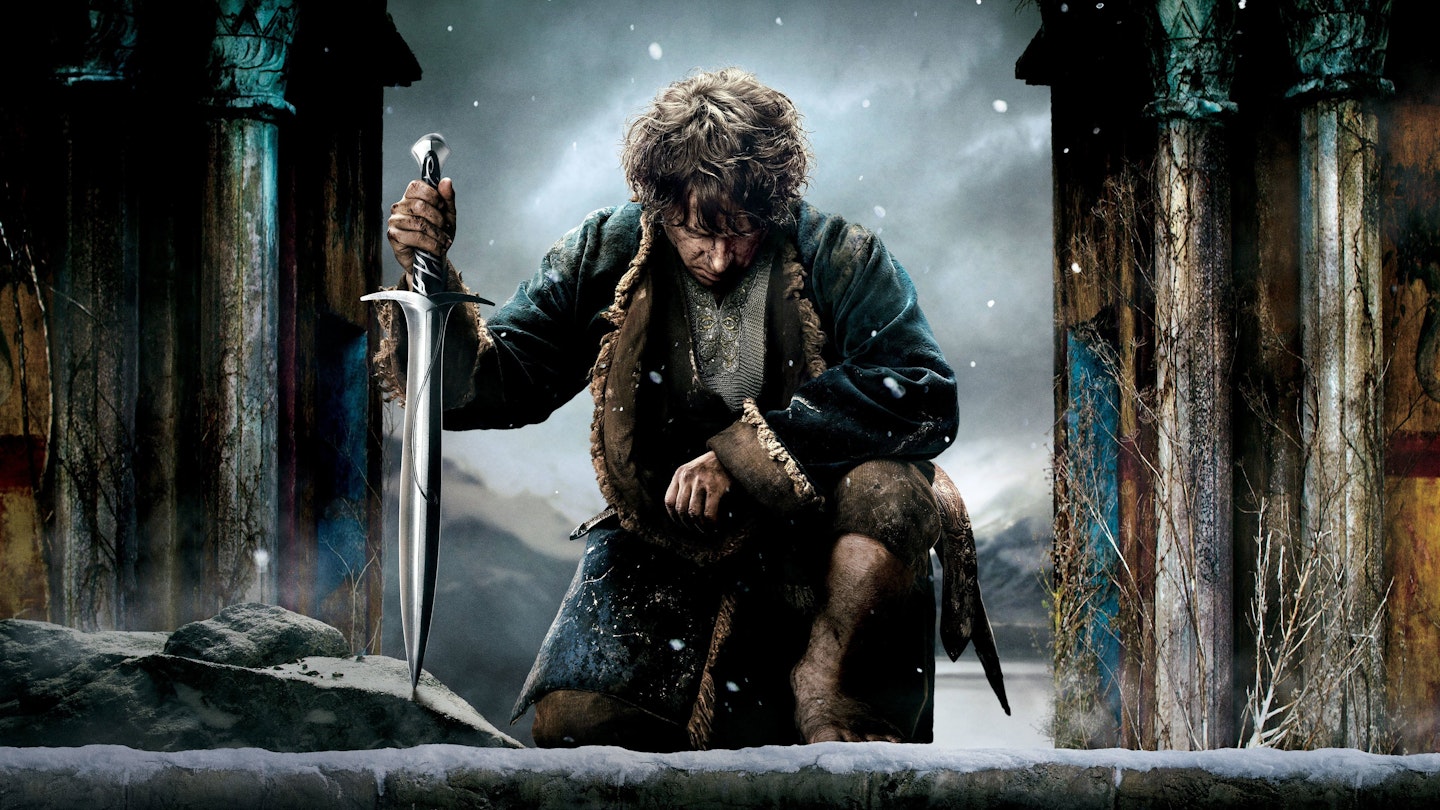We speak to four men who had the guts but sidestepped the glory when they stepped up to help Peter Jackson direct his Middle-earth sextet.
John Mahaffie
(Second Unit Director, The Lord Of The Rings trilogy)
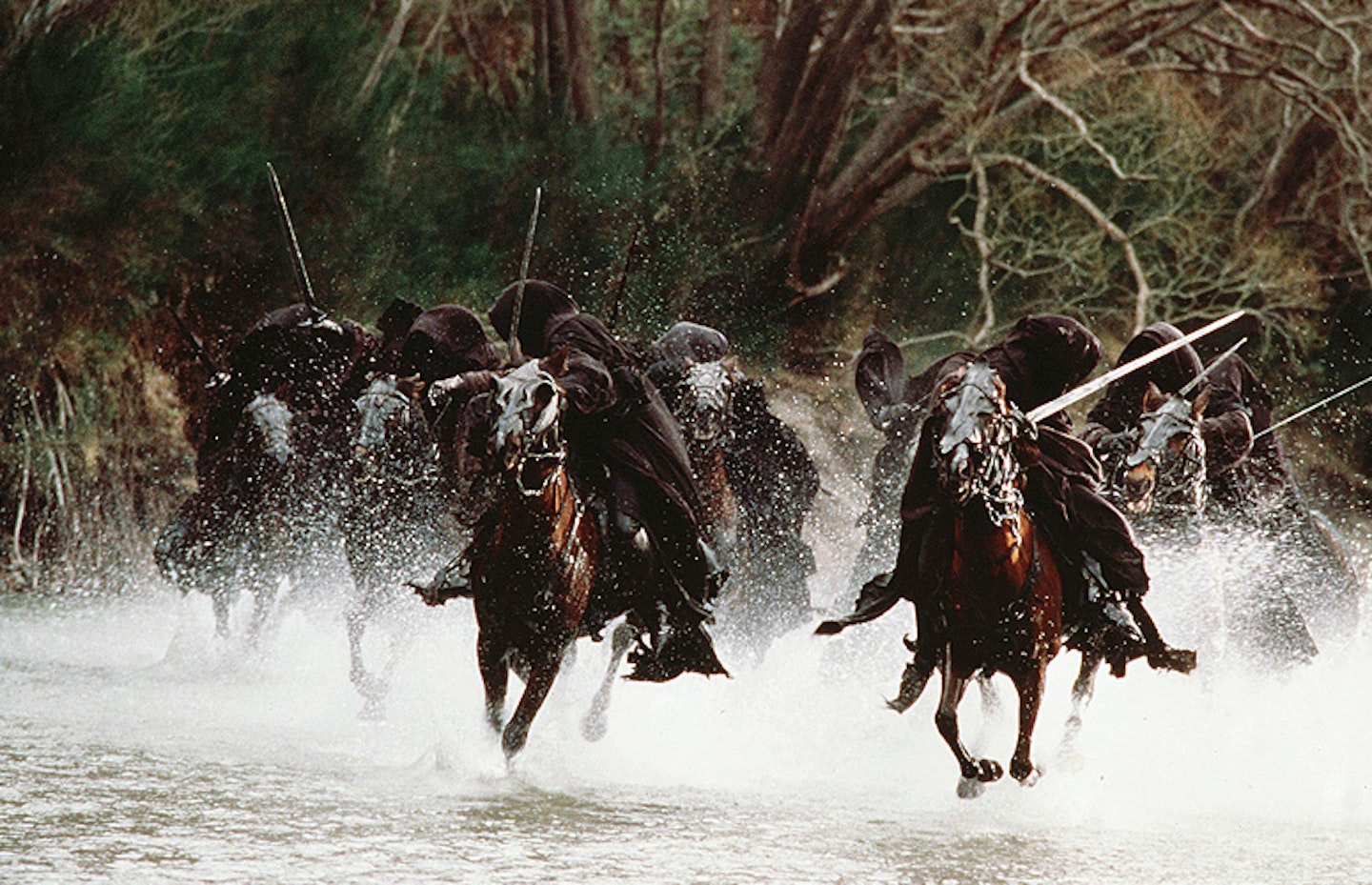
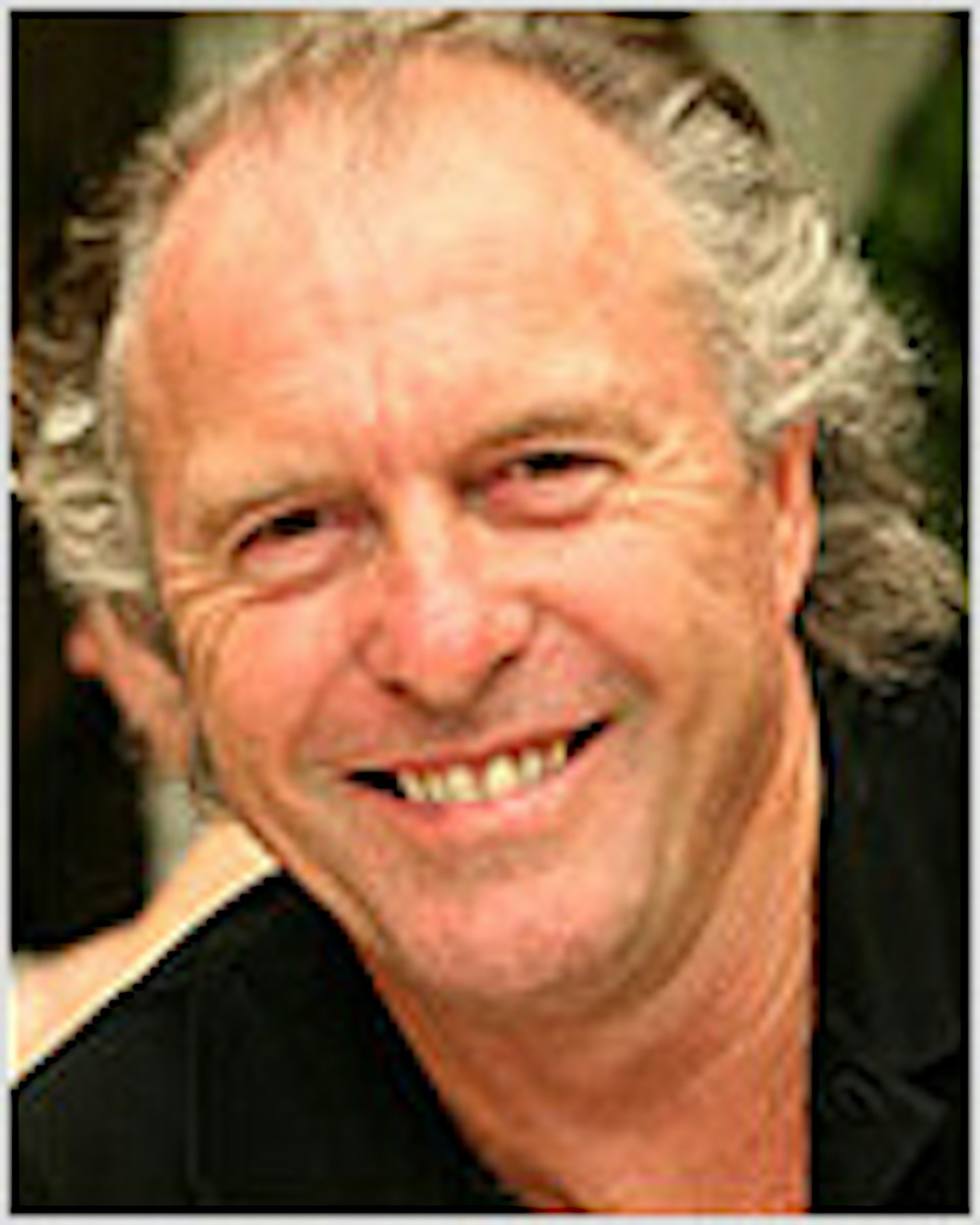
“When we were doing Helm’s Deep, Peter was in Bag End. I would edit the work we’d done the day before and go over the storyboards. Because I had a relationship with him as camera operator way back on Heavenly Creatures we had an understanding. He’s a very savvy guy, so you put something to him briefly, and he’d say yes or no.
“In the first movie I did the Black Rider chase scene with Liv Tyler and that was the first day of shooting for Liv. An A-list Hollywood actor and all of a sudden she finds herself in the middle of the countryside with a second-unit director! In the second movie, I did 90 percent of the Battle of Helms Deep. I shot the only scene in Lord Of The Rings where Andy Serkis appeared on screen, which is where Smeagol murders Deagol.
“The things that stand out to me looking back is the camaraderie and my involvement with the drama, not just action. But it was a crazy endeavour, and we all realised probably two thirds into it how crazy it was….”
Rick Porras
(Co-producer, The Lord Of The Rings trilogy)
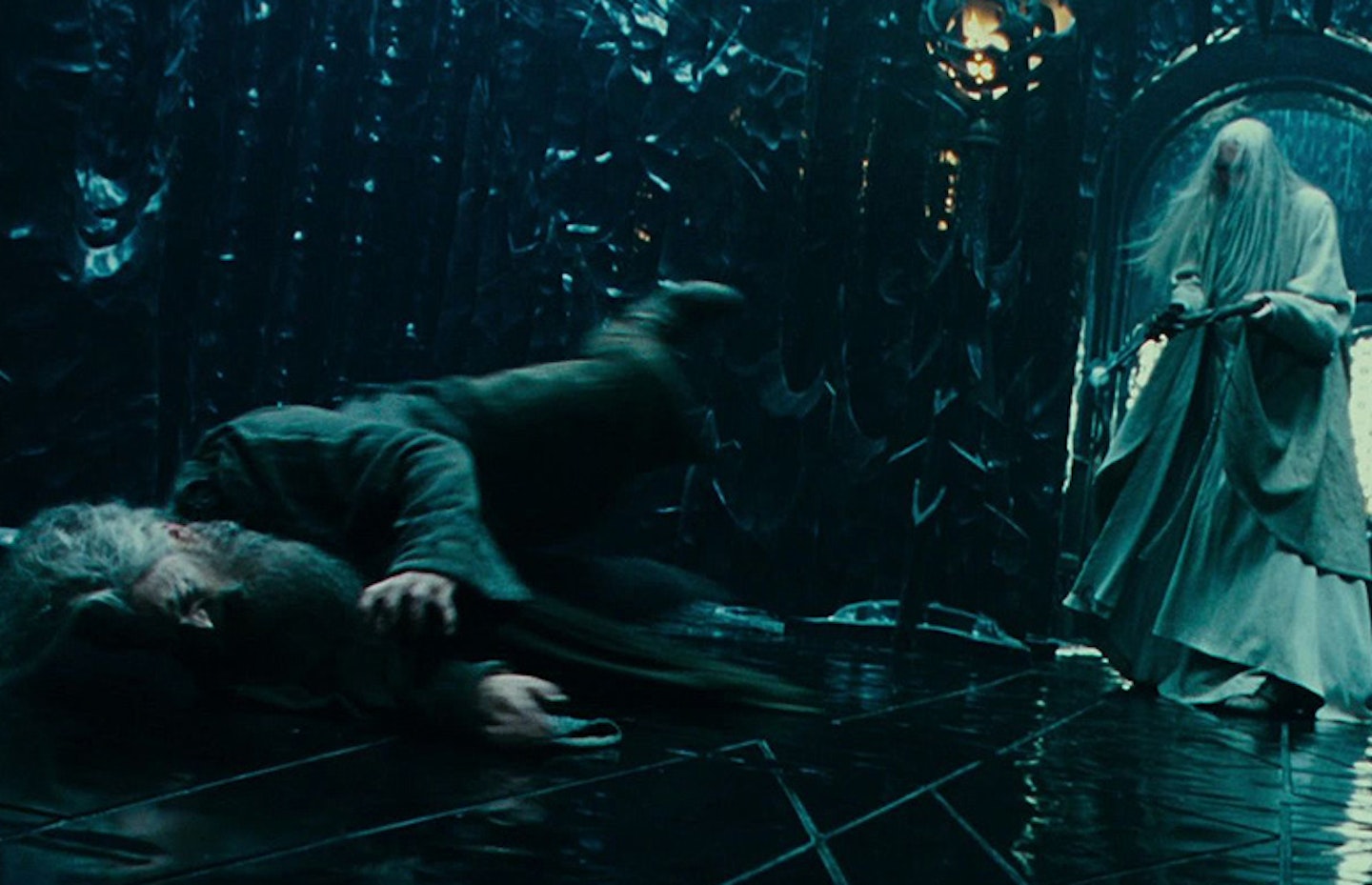
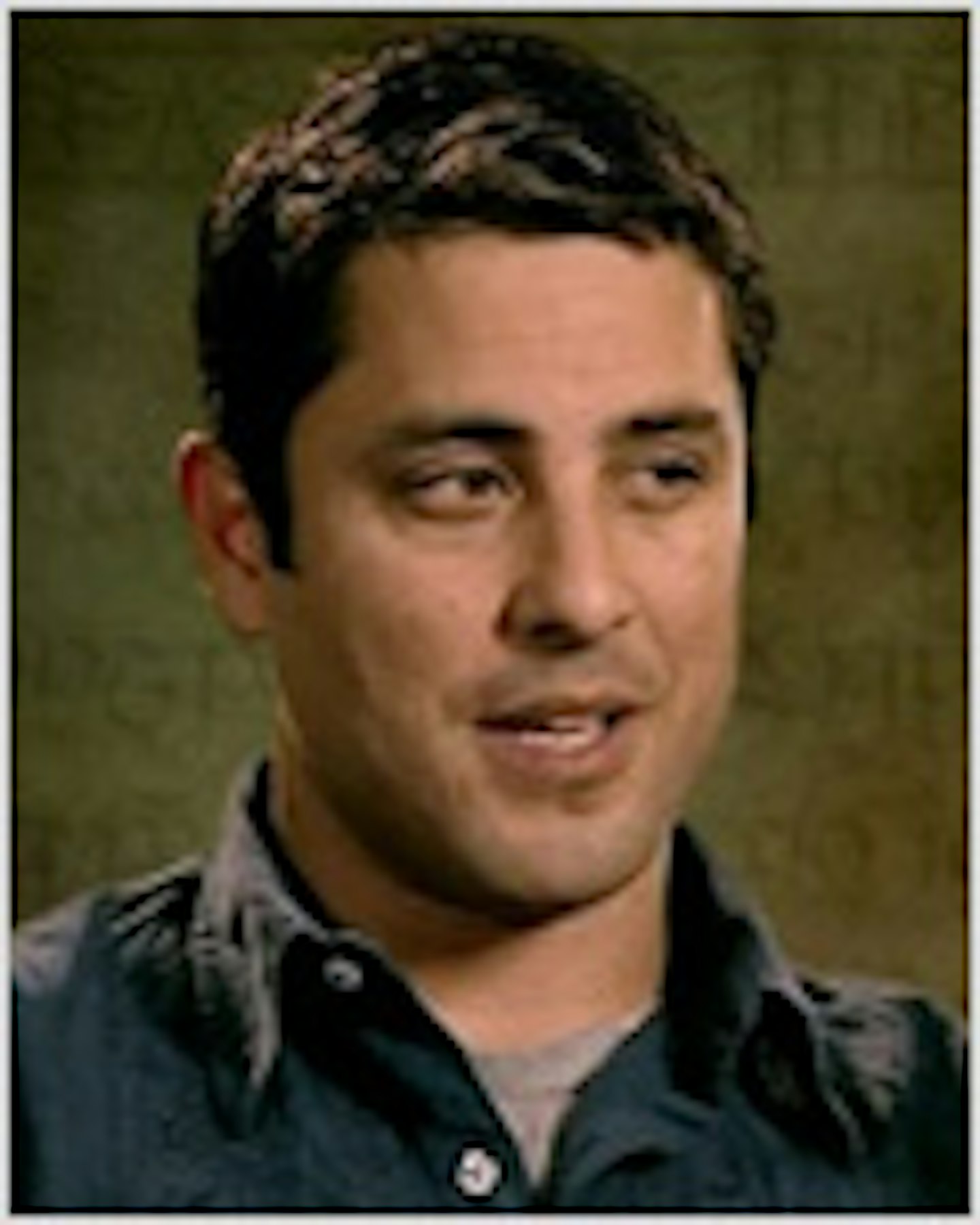
“I came in as a producer in ’97, ‘98 when it was two movies. It was in January or February 2000 when I got a call saying ‘Peter wants to talk to you about the schedule’. At that point it was in the ether that we were gonna need another unit. Peter said, ‘It’s gonna be great! On Monday you’ll turn your splinter unit into a unit.’ I was chuckling, going, ‘okay you know I’ve never directed before, right?’ But that was the thing about Lord Of The Rings: we all had to grow with the movie. I’m assuming Peter felt comfortable because I’d been in every meeting with him and didn’t have an ego about it; I just wanted to give him what he wanted.
“The very first thing I shot was the wizard fight, and I was very lucky because I had Peter next door so I could show him stuff during breaks. It was great to have Ian McKellen and Christopher Lee as the first actors I ever directed! Are there any more experienced, talented men on the planet? From there the project kept evolving: we did Elijah, Sean and Andy on the endless stair; Billy and Dom and Treebeard. I remember working with the New Zealand Army: we had them all dressed up as if they were the army at the Black Gate. I went back to more normal co-producuing work but then we put together another blue-screen unit and I ended up directing that. For however long we shot on that stage, I dreamed blue.”
Christian Rivers
(Visual effects art director/pre-visualization supervisor/visual effects conceptual designer, The Lord Of The Rings trilogy. Production Manager, The Hobbit trilogy)
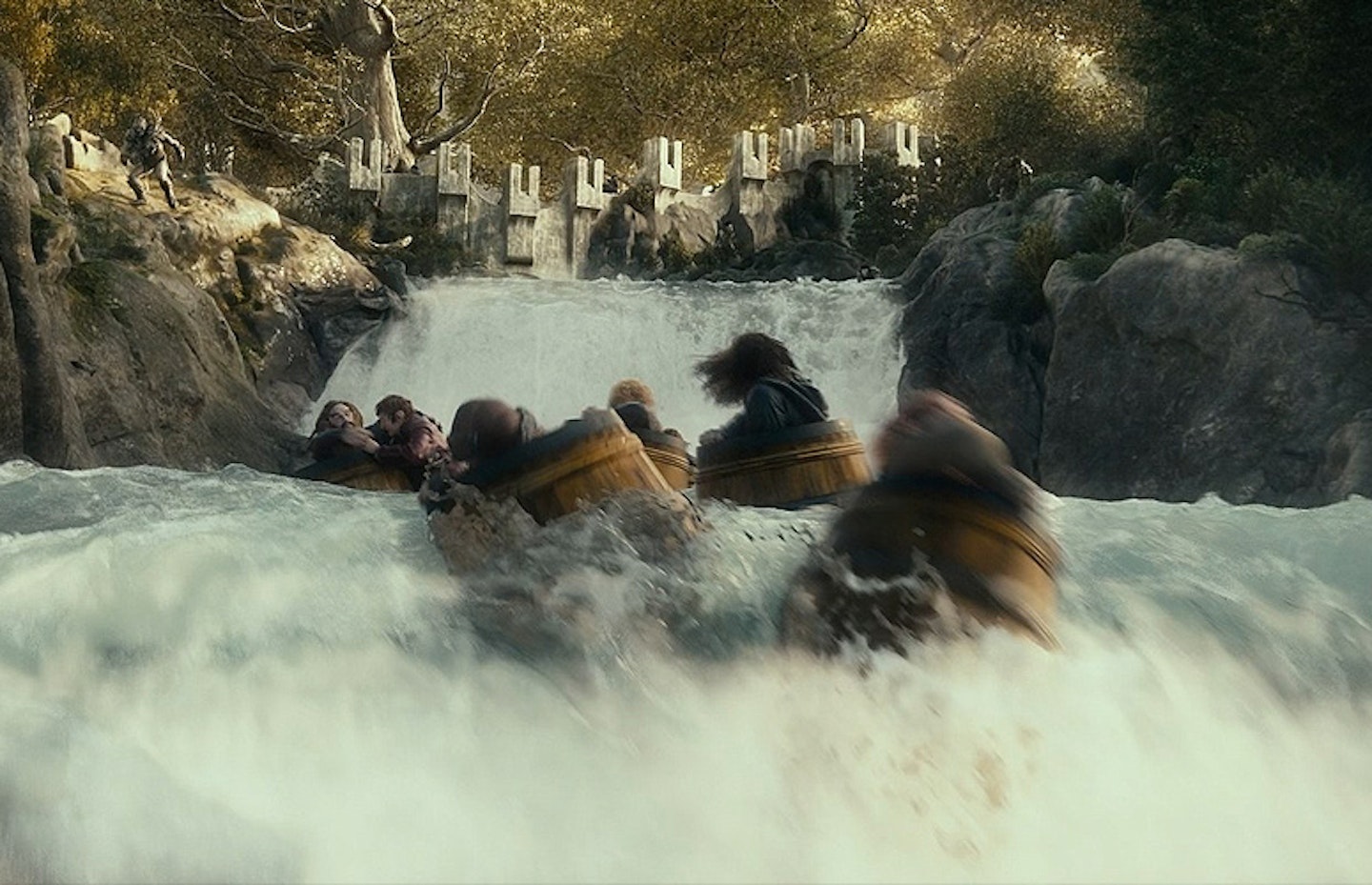
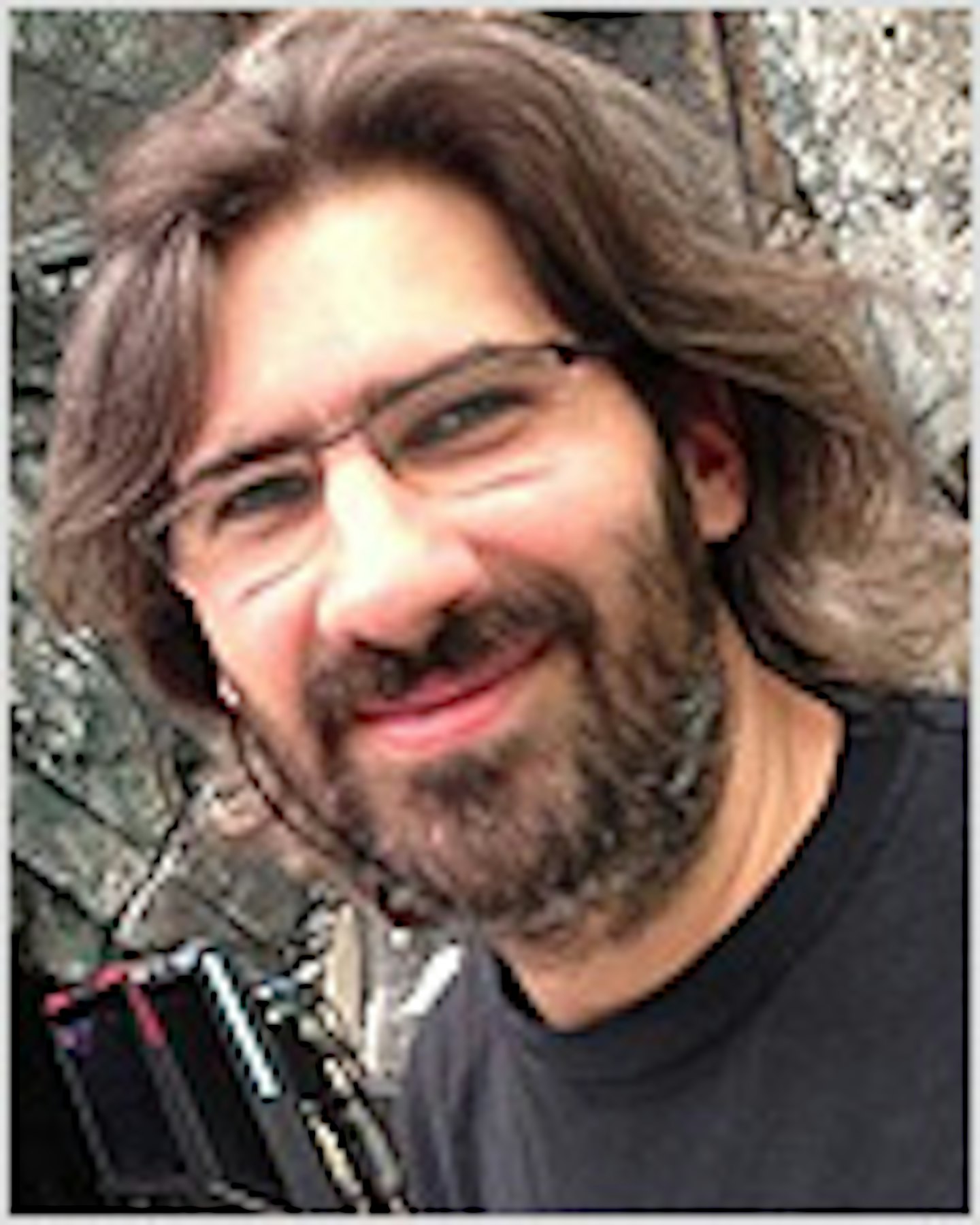
“The first shooting I did was only about ten days back on Return Of The King. It was mostly doubles of Frodo and Sam on Mount Doom or stunt doubles fighting Shelob. I came back to work on The Hobbit and they asked me to do scenic stuff for the barrels. That was the first time I’d got to direct the lead cast, so that was scary! The actors were in hydraulically controlled barrel rigs. I’d been involved in the pre-viz for the scenes so Peter knew I had a good understanding of what we required.
“When we came back for the second lot of shooting, I went on the first day thinking I was going to be shooting stunt doubles and my first scene was Ian McKellen and Sylvester McCoy delivering dramatic dialogue, so that was pretty terrifying. The big challenge is gaining their trust and showing that you’re not just some random idiot.
“I don’t think anyone really knows how Peter’s mind works; he still surprises me. I can’t go in there with any confidence that I’m going to hit a home run for him in every shot because his mind is always evolving. I can look and see what he isn’t going to like, but that extra factor that’s going to make the shot better, only he knows that. You don’t want to be a mental drain on him, asking 50 questions about a shot. You maybe ask one question, but if you need to ask two you’re starting to be more a hindrance than a help.”
Andy Serkis
(Gollum, The Lord Of The Rings trilogy. Second unit director, The Hobbit trilogy)

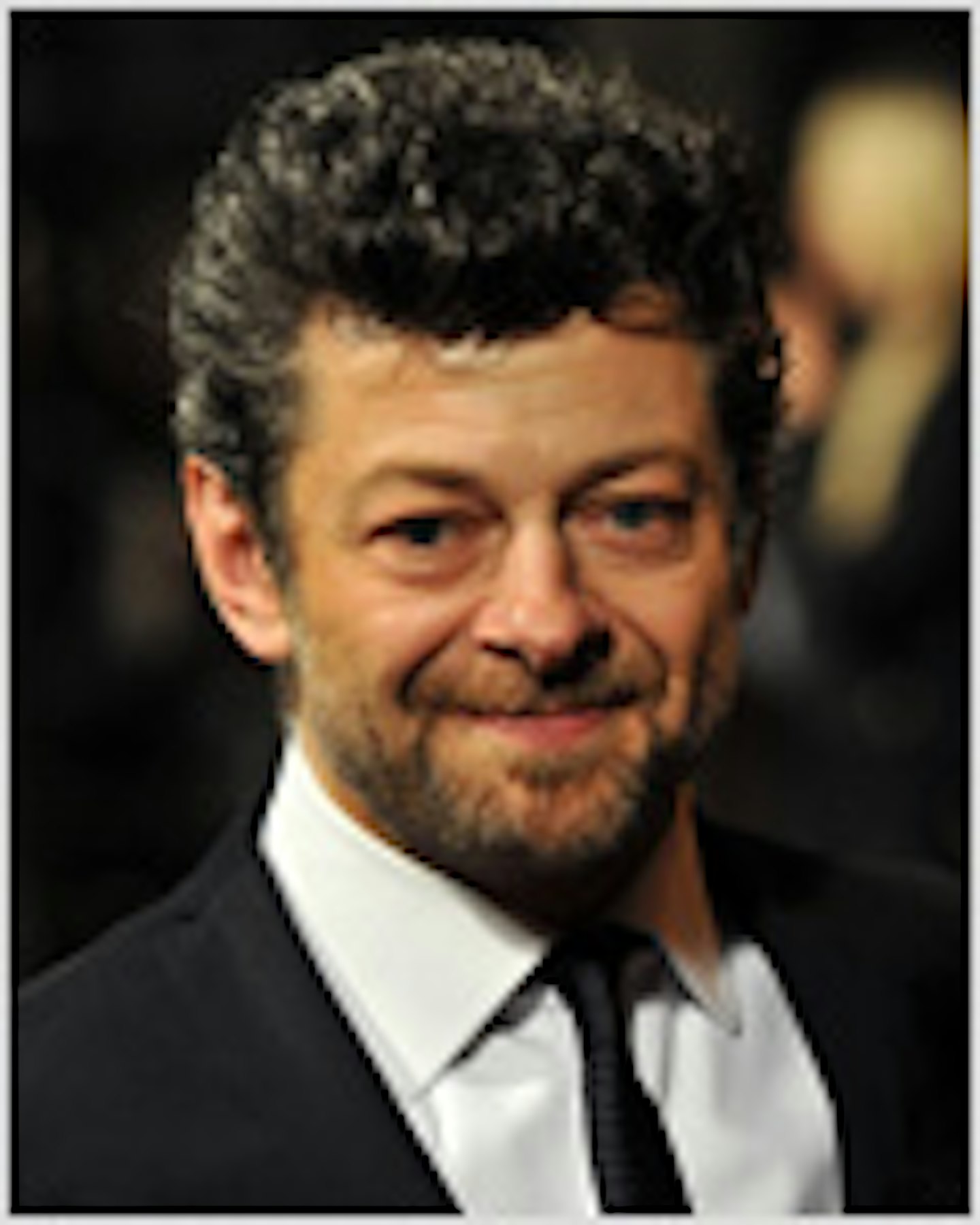
“It was the day that the investment company confirmed they were giving us the money to set up The Imaginarium. They said, ‘We need to be sure that you’re not going to go anywhere for a length of time’. That very evening Fran [Walsh] emailed me: ‘Peter would really love you to direct second unit on The Hobbit’. I literally fell to my knees, Blackberry in hand. It was just two worlds colliding, that had emanated from the same point… But we worked it out. We knew ultimately it was for the company as well as for myself as a director. Although I really hadn’t intended my first experience as a director to be on one of the biggest movies being made at the time!
“It really was a smorgasbord of things. We started off in Bag End and my first task was shooting the song that the dwarves sing as they clean up. It was great because they were in their early days and it was the first time they were allowed to let loose on their characters in a way that was not highly choreographed.
“And then it came to the locations. My main job was directing the aerials where I had the most incredible time spending 12 weeks in the air, choreographing these amazing visuals, getting up at dawn and seeing New Zealand at that time of day, and at sunset. And we did lots of stunt sequences with stunt doubles. We did some of the troll-fighting sequence, we did the early battle sequences at the mines of Moria. And on it went… We shot for 200 days.
“It was a steep learning curve for me. Most directors, when they shoot their first movie, shoot for 35 days with maybe a digital camera and five actors. It was a huge responsibility, to be the guardian of those performances. A huge life-changer.”
